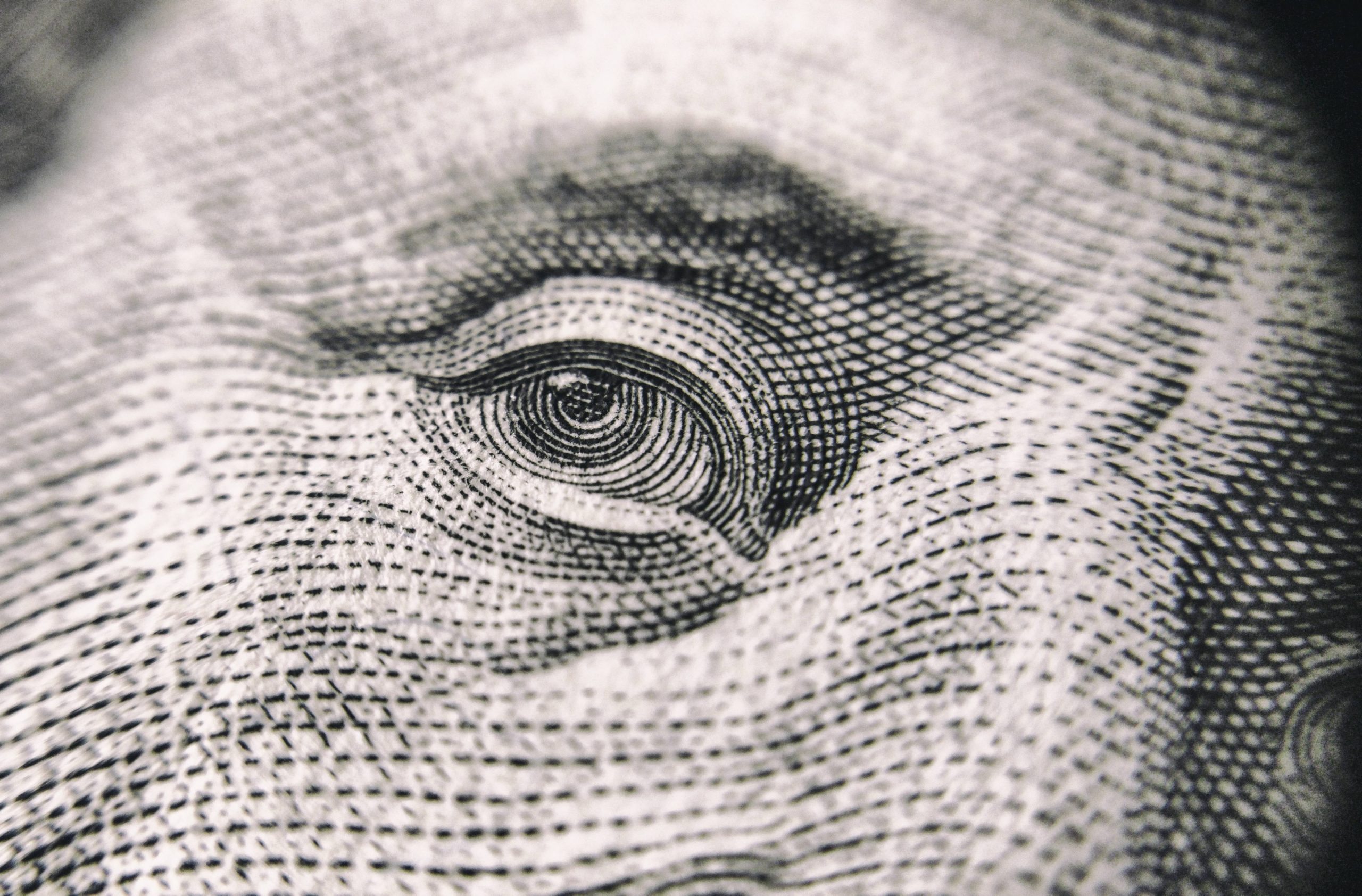Yet if emerging markets equities and debt were a beta play in 2017 (the MSCI emerging market index was up 28%), I expect the macro storm clouds will turn uglier in 2018, making it essential for UAE investors to invest in this asset class with an “alpha” paradigm. One, the US Dollar Index has bottomed and could well rise to 96-97 as US economic growth accelerates, amplified by tax reform. Two, multiple Federal Reserve rate hikes could lead to higher short term US dollar rates that could trigger outflows from emerging markets. Three, China’s economic growth will decline and its colossal debt/GDP ratio will again haunt the financial markets. Four, geopolitical flash points could trigger contagion and a spike in risk aversion – from Russian espionage to the Kirkuk oil fields, from the killing fields of Syria to Trump’s threats to revoke NAFTA and the Iran nuclear deal, from a possible corruption conviction for Brazilian President Michel Temer to new US sanctions against Putin’s Russia, the world is a troubled place.
China’s President Xi Jinping, who will welcome Trump in Beijing, has emerged as the most powerful leader in the People’s Republic since Mao and Deng now that he has consolidated power at the Communist Party’s 19th Congress. Chinese GDP growth will decline to 6.5% as Xi did not even refer to the earlier growth target in his four hour speech. Monetary policy in Beijing has shifted to neutral from easy money. If President Xi targets China’s excessive credit growth, emerging markets equities and commodities prices will fall. I was horrified to read Dr Zhao Xiaochuan, governor of the People’s Bank of China (PBOC) warn about a potential “Minsky moment” for China and a subsequent “sharp correction” in global markets.
Hyman Minsky, one of my three favourite economic philosophers (apart from John Maynard Keynes and Fredrich von Hayek) warned that long bull markets breed complacency and leveraged “irrational exuberance” that culminates in a sudden crash even if the economic fundamentals are robust. In essence, Minsky’s ideas contradicted the rationality assumptions and efficient markets hypotheses that underpin the intellectual foundations of Wall Street finance. Yet the real world has vindicated Minsky on Black Monday, October 1987, the Asian financial meltdown in 1998, internet crash of 2000, in the global credit market ice age after the failure of Lehman Brothers in 2008. When there is a liquidity squeeze in global markets, all bets are off. This is a recurrent lesson we have learnt in the Gulf stock markets whenever black gold crashes and the US dollar soars.
The world’s Big Four central banks (Fed, ECB, Bank of Japan, People’s Bank of China) have minted a $12 trillion credit Frankenstein to combat the global financial crises. Speculative manias abound worldwide. Apple’s valuation is $900 billion. Car park space in Hong Kong trade for a million dollars. Bitcoin is $7,200. Global equities have gone ballistic, led by Wall Street. Yet the global easy money era is over now. The Federal Reserve’s monetary tightening will resurrect the King Dollar trade and export a deflation big chill to the dark alleys of the planet (a Conradian metaphor for EM, the heart of darkness!). Transitions from Fed easy money historically wreak havoc in emerging markets. Remember Mexico 1994? Thailand 1997? Russia 1998? Argentina 2000? Turkey 2001? India 2013? I do. These emerging markets crises have defined my adult life.
There will be three more rate hikes in 2018 apart from one more next month. The ECB will slash its $60 billion monthly asset purchase program by half in 2018. The Bank of England has raised its base rate to 0.5%. China’s central bank governor publicly warns about Minsky moments and credit bubbles. Emerging markets will pay a high price for the twilight of easy money.







